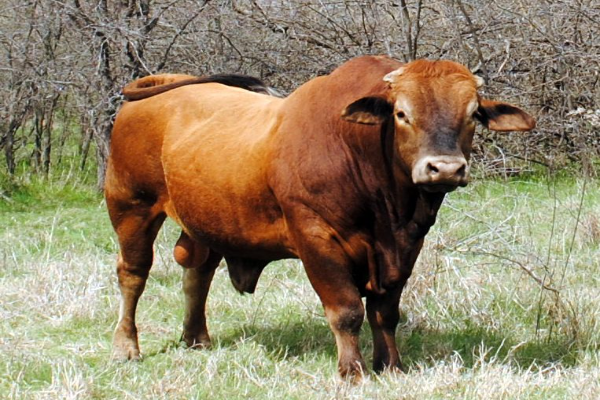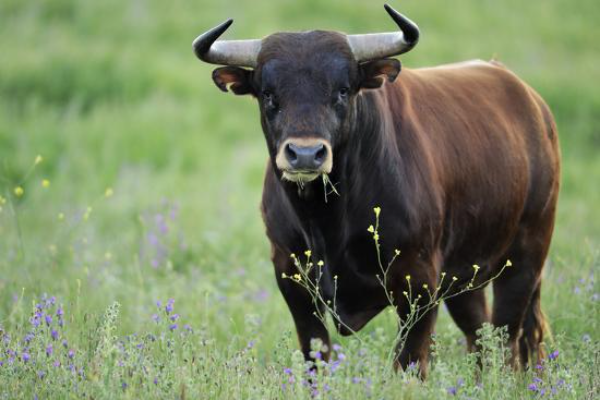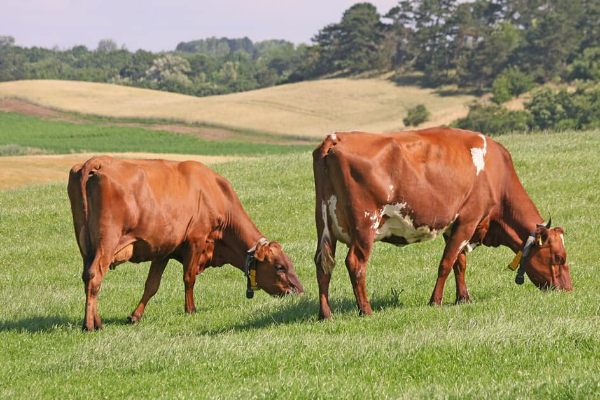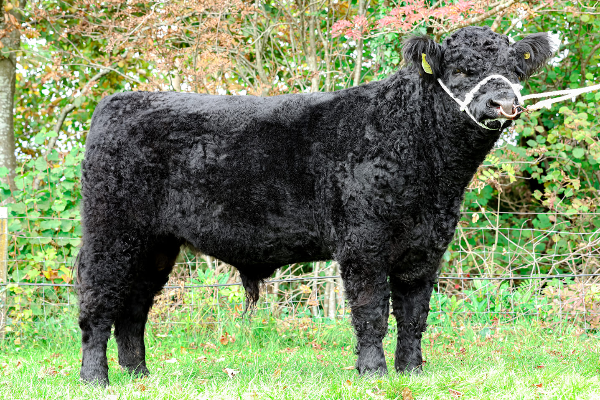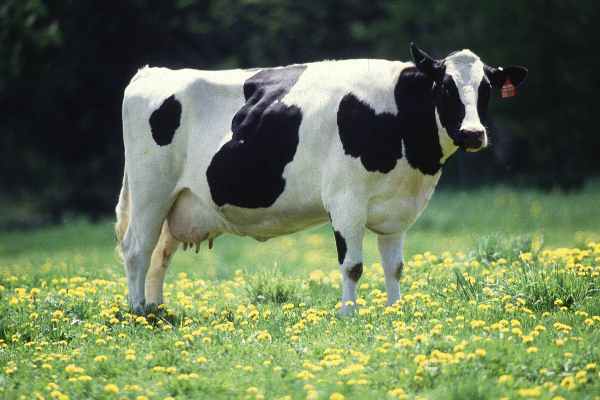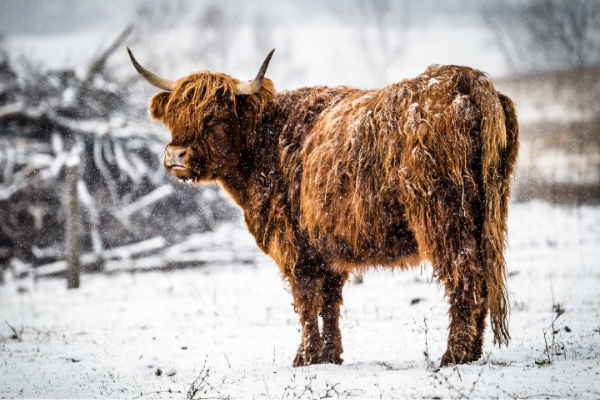Asturian Mountain Cattle

Asturian Mountain Cattle, also known as Asturiana de la Montaña, Casina, or Asturiana Oriental, is a local Spanish breed, which possesses the breeding capacity and docility.
They are primarily raised in the east of Asturias, in the north of Spain, particularly in the mountain range of the Picos de Europa, including within the National Park of Covadonga.
Asturian Mountain Cattle are a very ancient breed that is now becoming rare. These cattle were once extremely important in the Asturian region and must be preserved as a cultural artifact if for no other reason.
Asturian Mountain Cattle were traditionally kept in transhumant systems in which herdsmen would drive them up into summer pastureland and back down into more temperate valleys to overwinter.
Today, Asturian Mountain Cattle adapt very well to most extensive care systems and are valued for their docility and good behavior.
They are beef cattle and one of three breeds used to produce Casín cheese.
What Is The History Of Asturian Mountain Cattle?

The Asturian Mountain Cattle has been part of the landscape and ecosystem of the east of Asturias for a very long time.
This breed belongs to an exclusive bovine group in Spain known as the tronco Cantábrico ('Cantabric trunk') that only includes breeds native to northern Spain, the most numerous of which are the Asturian Valley cattle.
The Asturian Mountain Cattle are a descendant of the eastern Roxa beef cattle group, historically located in Asturias. Consequently, the breed is sometimes referred to as the RAM (Roxa, Asturian Mountain). This group is distinct from the western Roxa cattle, despite evidence of further variability among animals and areas within the population.
For centuries, breeders of the eastern Roxa group in the council of Caso and bordering valleys such as Ponga, selected for higher milk yields aimed at cheese production. This selection made a reputation for the bulls from the council of Caso because of their daughters’ higher milk yield, and changed their farms into sire exporters for the whole of the east of Asturias, playing an important part in the fixation of what nowadays we know as the Asturian Mountain breed.
The official census of Asturian Mountain cattle proceeds from the herdbook, which is managed by La Asociación Española de criadores de ganado vacuno selecto de la raza Asturiana de la Montaña (ASEAMO, 'Spanish Association of breeders of selected cattle of the Asturian Mountain breed') since its creation in 1986.
What Are The Characteristics Of Asturian Mountain Cattle?
- Asturian Mountain Cattle are a local Spanish beef breed of enormous foraging capacity and good maternal ability.
- Asturian Mountain Cattle are characterized by brown or cream coats.
- There is generally a light band around the eyes and muzzle, and the underside and inner sides of the legs, including the perineum and udder, are usually very light.
- Eyelids, lashes, and mucous membranes are generally black in Asturian Mountain Cattle and bulls have black muzzles, horn buds, and eye circles, tail switches, and scrotum circles.
- Usually, all Asturian Mountain Cattle have black hairs on the inner ear and the edge of their large dewlaps.
- Asturian Mountain Cattle, though small, have very deep abdomens and chests.
- Their limbs are quite short but their backs are muscular.
- The heads of Asturian Mountain Cattle are medium in size, and the forehead protrudes slightly.
- The ears are small and the horns curve up and forward, though the tips point back and out.
- The hooves of Asturian Mountain Cattle are very hard and round.
- The udders of cows are well developed with well-attached teats.
- 3,000 kilograms of milk per lactation should be expected from Asturian Mountain Cattle and carcass yield of more than 50 percent maybe expected from a 19-month-old steer.
What Is The Weight Of Asturian Mountain Cattle?
At maturity, bulls of Asturian Mountain Cattle stand around 134 centimeters, and cows are around 120 centimeters.
Bulls generally weigh around 750 kilograms and cows follow, at
around 450 kilograms.
Sources
https://en.wikipedia.org
http://afs.okstate.edu
https://livestockpedia.com
https://en.wikipedia-on-ipfs.org

Written by
Researcher Ghost Writer
EditorBreedsMore
IllnessesMore
Forage cropsMore
![]() Патологическая физиология голодания Arina TARAN
Патологическая физиология голодания Arina TARAN![]() Дефицит фосфора (гипофосфатемия) Hipofosfatemi Arina TARAN
Дефицит фосфора (гипофосфатемия) Hipofosfatemi Arina TARAN![]() Какие бывают кормораздатчики для ферм КРС? Irina Makarova
Какие бывают кормораздатчики для ферм КРС? Irina Makarova![]() Кормушки для овец Diana Myakisheva
Кормушки для овец Diana Myakisheva![]() Питание домашних коз: что едят, виды корма и правила кормления Alina Arslantürk
Питание домашних коз: что едят, виды корма и правила кормления Alina Arslantürk![]() Важность минералов питании сельскохозяйственных животных Irina Makarova
Важность минералов питании сельскохозяйственных животных Irina Makarova



